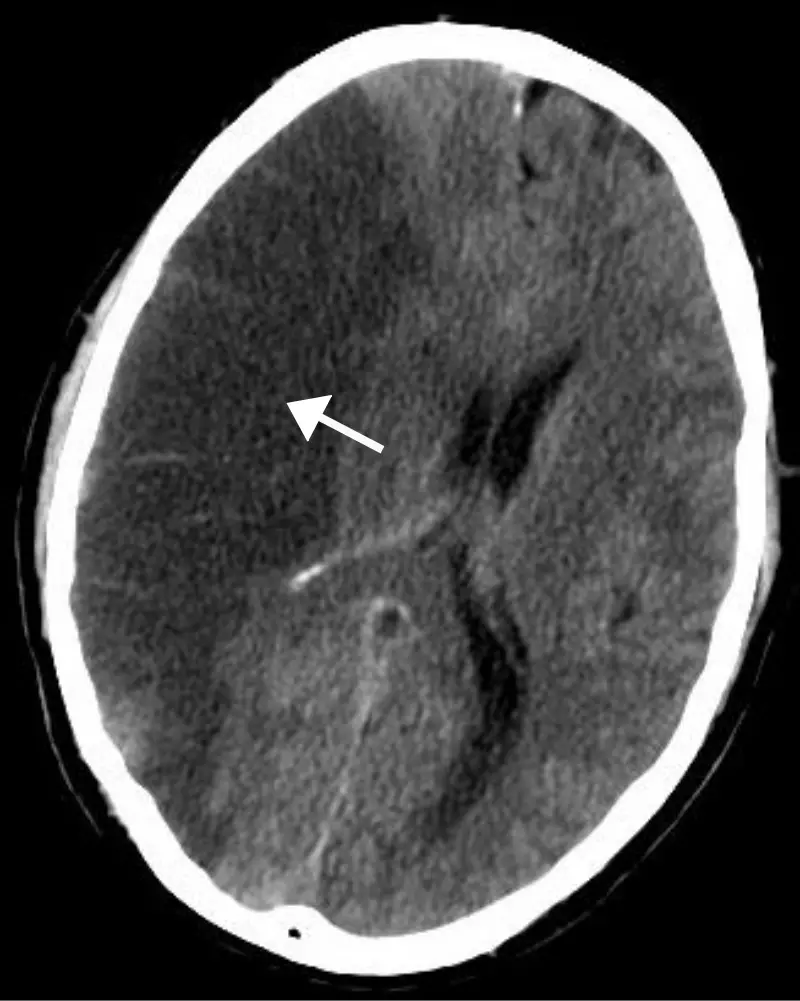When I found a month before a stroke, your body may give subtle signals that are easy to miss. Recognizing these signs can help prevent a life-threatening event.
Early Warning Signs of Stroke
One of the most common early indicators of a stroke is a transient ischemic attack (TIA), often called a “mini-stroke.” A TIA occurs when blood flow to the brain is temporarily blocked, causing stroke-like symptoms that typically last for a few minutes or hours. TIAs are a serious warning sign and should never be ignored.

Other common early warning signs before a stroke include:
- Numbness or Weakness: Sudden numbness or weakness in the face, arms, or legs, particularly on one side of the body.
- Confusion or Difficulty Speaking: Trouble understanding speech or slurred words.
- Vision Problems: Sudden loss of vision in one or both eyes or blurred vision.
- Difficulty Walking: Dizziness, loss of balance, or uncoordinated movements.
These signs often occur unexpectedly and may appear mild at first, making them easy to overlook. However, early action is critical. If you experience any of these symptoms, even briefly, seek medical help immediately.
Prepare for a Potential Stroke
In addition to recognizing the symptoms, preparing for a stroke can improve your chances of recovery. Start by understanding your personal risk factors, such as high blood pressure, diabetes, smoking, or a family history of stroke.

Take these steps to prepare:
- Know the Closest Stroke Center: Research the nearest medical facility equipped to handle strokes.
- List Your Medications: Keep an updated list of medications to share with healthcare providers in an emergency.
- Control Risk Factors: Work with your doctor to manage conditions like high cholesterol or hypertension.
Why Immediate Action Matters
This is a medical emergency, and quick action can save your life. Call emergency services immediately if you or someone near you exhibits stroke symptoms. Fast treatment reduces the risk of long-term damage and increases the likelihood of a full recovery.

Conclusion
Your body may send subtle but crucial signals that something is wrong. By recognizing the early signs, such as numbness, confusion, or vision problems, you can act quickly to prevent a life-threatening event. Understanding your risk factors and being prepared ensures you’re ready to handle an emergency. Don’t ignore the warning signs—your health depends on it.

